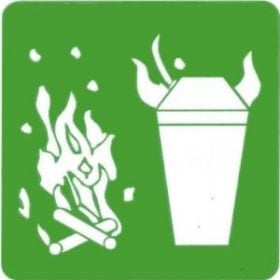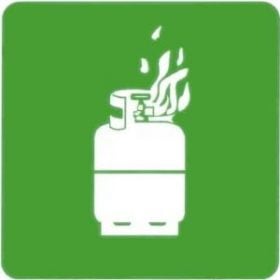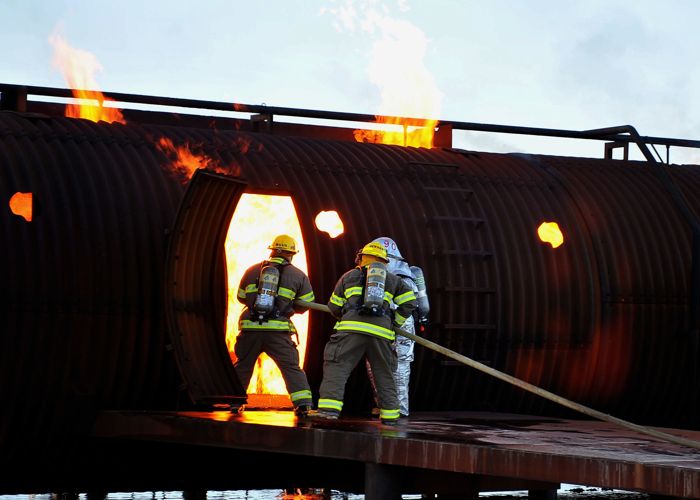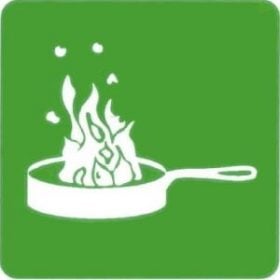Classes Of Fire
The fuel burning dictates the type of extinguisher you use to fight the fire. To help you understand this concept you need to know how fires are classified and which fire extinguishers are suitable for each class.Class A Fires
Class A fires start when materials such as paper, rubbish, wood, or other carbon-based materials ignite. Dry powder, foam and water extinguishers are suitable for this class of fire. Your best plan of attack would is to locate the nearest fire hose. This will give you a constant stream of water. The temperature at the base of the fire will cool to a point below that needed for combustion to take place.Class B Fires
Class B fires involve flammable liquids such as paints, oil, and petrol. With these materials, its the vapours of fumes that burn rather than the liquid. Because the vapours a lighter than air, they can drift away from the seat of the fire, and then ignite, causing what’s called a flash-off. This class of fire can be put out using carbon dioxide, dry powder ABE, or foam extinguishers. These starve the fire of the oxygen it requires for burning. Water will only help to spread the fire in this situation.Class C FIres
C Class fires are fires involving flammable gases, e.g. natural gas, hydrogen, propane, butane. Before fighting a Class C fire, you must turn off the gas if possible. ABE dry powder fire extinguishers are used to fight this class.Class D Fires
D Class fires are fires involving combustible metals such as sodium, magnesium, lithium and potassium. Specialised dry powders are available to control this class of fire. Sand also can smother the fire. Using water would produce hydrogen and cause an explosion.Class E Fires
Class E fires are electrical fires. They usually start because of a short circuit or arcing in loose connections or because wiring becomes overheated. You must be very careful here because there is the added risk of electrical shock as well as the threat from the fire. For all E Class fires, you should use either Carbon Dioxide extinguishers or Dry powder. Neither of these conducts electricity, and both starve the fire of oxygen. Never use water on Class E fires.Class F Fires
These are fires involving cooking fats and oils. The high temperature of these types of fats and oil when on fire far exceeds that of other flammable liquids. Wet Chemical extinguishers react with the surface of the oil or fat. This creates a soapy film barrier on the surface which seals off the air supply.From Our Fire Information Blog https://fireprotectiononline.co.nz/different-classes-of-fire/
from
https://fireprotectiononline1.wordpress.com/2019/11/12/what-are-the-different-classes-of-fire/






No comments:
Post a Comment